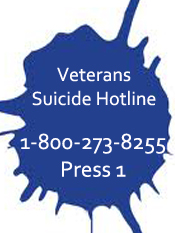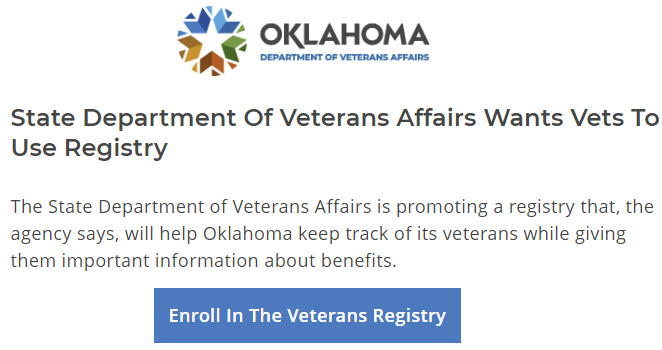FOR IMMEDIATE RELEASE
OKLAHOMA CITY VA MEDICAL CENTER EMERGENCY OPERATIONS EXERCISE
Oklahoma City – The Oklahoma City VA Medical Center will be conducting an Emergency Operations Exercise on June 9th 2025 beginning at 9:00am.
The exercise is being conducted to prepare the OKC VA Emergency Operations team for real life incidents that may occur and ensure procedures are being followed to provide aid in the event of a mass casualty incident.
“This exercise will test the response capabilities of the OKC VA Medical Center Staff to a mass casualty event,” said Christopher Ence, Emergency Management Specialist.
During the exercise, Veterans may see emergency response staff working to provide care to mock mass casualty victims in or around the emergency department area. Staff will respond to the different types of injuries and conditions that may occur during a mass casualty event.
There will be no interruption to services provided to Veterans during this exercise. If Veterans see staff participating in the exercise, the OKC VA Medical center Emergency Operations team asks that Veterans not step in to assist.
If any media would like to cover the exercise, please contact Phillip Ybarra 405-795-4419




